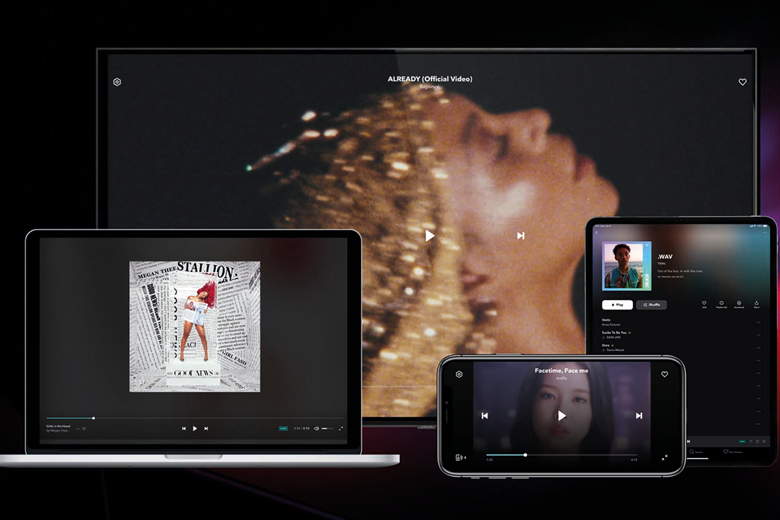Streaming music just got simpler – or did it?
Andrew Everard
Friday, August 9, 2024
Choosing the right streaming service is still a minefield, but does Tidal’s latest move make things any clearer?

Register now to continue reading
Thanks for exploring the Gramophone website. Sign up for a free account today to enjoy the following benefits:
- Free access to 3 subscriber-only articles per month
- Unlimited access to our news, podcasts and awards pages
- Free weekly email newsletter







